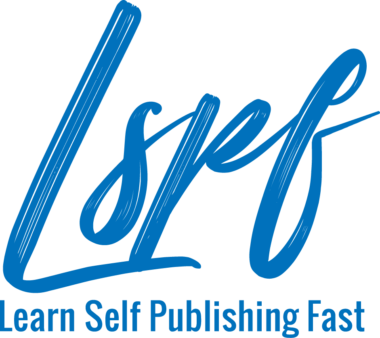With NaNoWriMo2015 officially upon us, what better way to welcome the start of this wonderful month of creativity and writing with a blog about narrative writing techniques! This list of popular writing tools includes ways to incorporate them into your writing so that you can write the story you were born to write!

Stream of consciousness writing allows you to delve deep into the characters’ thinking processes without the infliction of structure, e.g. editing, censorship and chronology.
How to use it to your advantage: Set yourself a timer for five minutes and immerse yourself in the mindset of the character. Don’t worry about anything other than honing the thought process of the character you’re channeling.
For inspiration, check out James Joyce.
Descriptive writing allows you to flesh out details of a story, whether it be an object or a physical characteristic. This detail-oriented form of prose relies on minute details to help shape the image of the person or thing in the mind of the reader.
How to use it to your advantage: If you’re stuck with a particular character, plan out the sensory details. Does the character have wavy hair reminiscent of a rip tide, or beautiful translucent skin as white as snow? What about the way that thick string of pearls juxtaposes her thin color bone? These details provide signposts for the readers so that they can envision (and recognize) the character in their minds throughout the story.
A great resource for generating descriptive details about your character is the Character Personality Generator.
For inspiration, check out the writings of Ernest Hemingway. He is the undisputed king of descriptive writing when it comes to physical setting. The Sun Also Rises is a beautiful example of this.
Flashback is the writing tool used to develop your character’s backstory. Flashbacks are key when it comes to providing the audience with the why behind your character’s behaviors and emotions.
How to use it to your advantage: Consider the particular emotion or experience that would define what makes your character tick. For instance, if your character is emotionally closed off from romantic relationships, this could be because of abuse experienced during childhood. The psychological underpinnings that explain the why behind a character’s actions and behavior are one of the best tools in an author’s arsenal.
Inspiration: J.K. Rowling is a mastermind at utilizing flashbacks to flesh her characters’ backstories. For an exemplary example, check out Lord Voldemort’s childhood as depicted in Chapter 13 of Harry Potter and the Half-Blood Prince.
Foreshadowing is a technique used to hint at future developments in the plot without directly revealing them. This tool can be employed through a number of ways, including dialogue, events, or even through a feeling a character experiences.
How to use it to your advantage: Foreshadowing is best utilized when prepared in advance. Write out the major plot development(s) that will occur in your novel, and assign each one a “foreshadowing moment.” For instance, if you have a down-on-luck character who stands to inherit a large fortune from a relative, have that same character pass by a deli with a sign advertising a recent lotto win. The character can then contemplate what they would do with that same amount of money.
Inspiration: For inspiration on this tricky technique, check out these examples from Amy Tan and Harper Lee.
Cliffhangers are moments in the plot when the author leaves the reader questioning the conclusion to a particularly suspenseful event. They are best when employed at the end of chapters or, for a book series, at the conclusion of the book.
How to use it to your advantage: The best cliffhangers typically include an unexpected plot twist or a character facing a perilous situation. To write a great cliffhanger, think of what moments in the novel would be enhanced by some good ol’ fashion danger. Even better, choose a moment in which your audience is lulled into a false sense of security by some good fortune. Perhaps your protagonist just secured their dream job, only to discover that their old boss is blackmailing them with a juicy tidbit of information that could ruin their professional reputation. Twists and turns like these are what keep readers reading!
Inspiration: For masterful cliffhanger writing, check out Lee Child’s Jack Reacher series.
We hope these writing exercises will help you in your NaNoWriMo aspirations! Let us know on facebook or twitter if you have anything to add.
Until next time, happy writing, wrimos!
As one of the official sponsors of NaNoWriMo 2015, we have exciting resources and prizes available to participants and winners of this year’s competition! Be sure to check out our forum here, and feel free to post comments if you have any questions!
Want to learn to self publish your writing, grow your presence as an author, get more reviews, get press, and sell thousands of books? Sign up for Author Academy. Our 12-part video series just $99 for a limited time.
PREVIEW YOUR FREE SYLLABUS


Comments